Artificial intelligence has rapidly shifted from a futuristic concept to an essential driver of performance across modern organisations. Nowhere is this shift more evident than in sales. As we are nearing 2026, AI for sales is no longer just an efficiency booster or a competitive advantage, it has become a core component of how high-performing sales teams operate day-to-day.
This guide explores everything you need to know: what AI for sales means today, how it works, the opportunities it creates, and what you should consider before adopting it.

What Is AI for Sales?
Put simply, AI for sales refers to the use of intelligent technologies, such as machine learning, predictive analytics, and natural language processing, to improve, streamline, or even fully automate parts of the sales process.
Rather than relying solely on manual effort or instinct, AI analyses vast amounts of data and supports sales teams with insights, automation, and recommendations that would otherwise be difficult or impossible to generate manually.
In practice, AI can:
- Predict which leads are most likely to buy
- Draft personalised outreach in seconds
- Analyse sales calls for insights
- Forecast revenue with far greater accuracy
- Automate repetitive admin tasks
- Identify deals at risk before they stall
As a result, sales teams can shift more of their time towards strategic thinking, relationship-building, and closing deals, exactly where human strengths matter most.
Why AI for Sales Matters More Than Ever in 2026
The sales environment in 2026 is shaped by a combination of fast-changing buyer behaviour, rising expectations, and the sheer volume of data companies now collect. These shifts are pushing organisations to rethink how they operate.
1. Buyers Are More Informed and Expect More
Modern buyers research independently, engage across multiple channels, and expect personalised communication at every stage. AI helps sales teams adapt by delivering timely insights and tailored interactions.

2. Data Has Outgrown Manual Analysis
Sales teams are surrounded by data like CRM entries, emails, website behaviour, call transcripts, support tickets and so on. AI connects these scattered signals to reveal patterns humans simply cannot process at scale.
3. Efficiency is Now A Strategic Priority
With tighter budgets and smaller sales teams, businesses can no longer afford slow, manual workflows. AI helps organisations work leaner while improving accuracy and consistency.
Together, these factors explain why AI is not simply helpful but necessary for maintaining a competitive, customer-centric sales operation in 2026.
The Key Benefits of AI for Sales
AI’s impact on sales is broad, but a few benefits consistently stand out. Below are the areas where AI typically creates the greatest value.
1. Smarter Lead Prioritisation with Predictive Scoring
Instead of standard scoring systems that rely on basic demographics or guesswork, AI evaluates hundreds, or even thousands, of data points to assess a lead’s likelihood of converting.
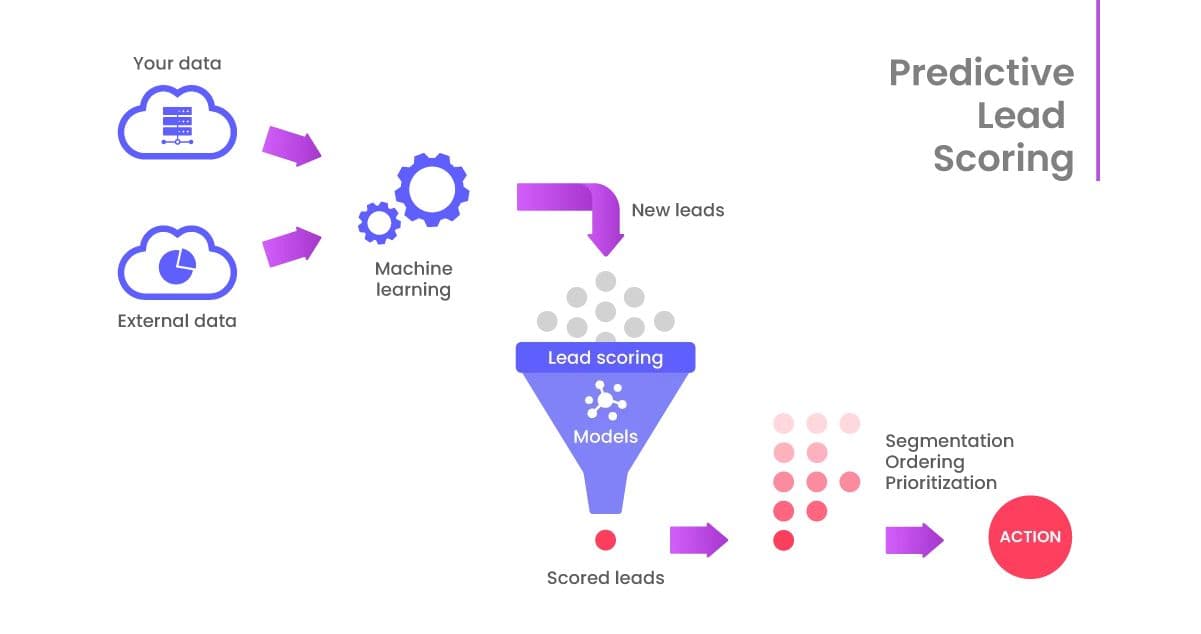
Example:
An education provider might track student enquiries, website clicks, email engagement, and past enrolment trends. AI blends these signals to highlight the prospects most ready to apply, helping the team prioritise the right conversations.
This ensures sales reps spend more time on high-intent prospects and less on leads unlikely to convert.
2. Personalised Outreach at Scale
AI uses behavioural data, pain points, and purchase history to generate highly personalised messages in seconds. Instead of generic outreach, teams can produce tailored communication that resonates more deeply and leads to higher response rates.
Example:
When a prospect revisits a product page or downloads a pricing guide, AI can trigger a personalised follow-up email addressing common concerns or recommending the next logical step.
This type of timely, tailored outreach used to require hours of research. Now, it can happen instantly and automatically.
3. Far More Accurate Sales Forecasting
Forecasting is often challenging because it relies heavily on manual inputs and subjective judgement. AI adds objectivity. By analysing real-time activity, such as email sentiment, meeting frequency, competitor mentions, and CRM updates, AI predicts deal outcomes with far greater precision.
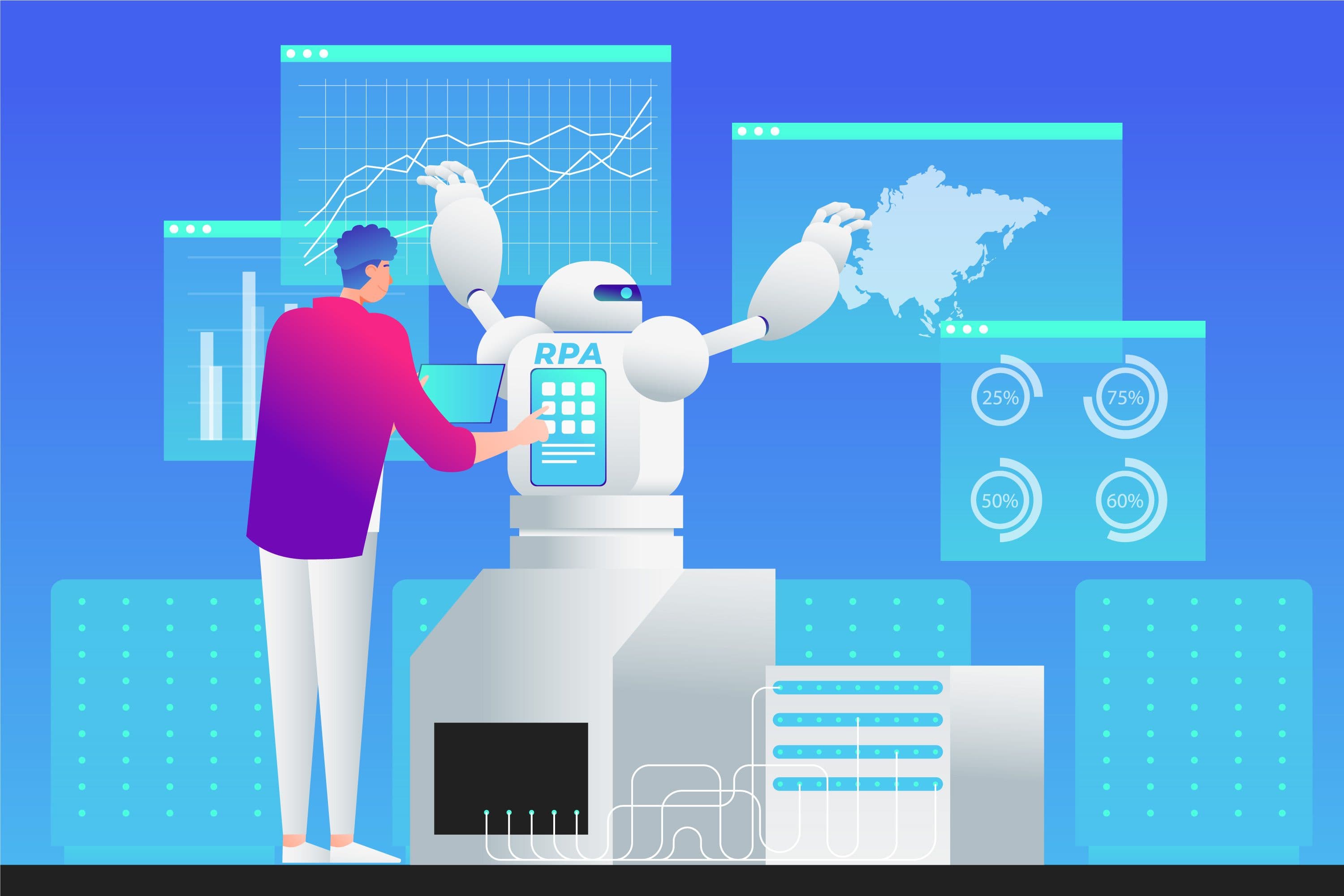
This helps leaders make better decisions about hiring, budgeting, and resource allocation.
4. Less Admin Work Through Automation
Administrative tasks often drain a surprising amount of time from sales teams, which not only lengthen their work load but also bar them from doing any actual impactful work. AI can take on much of this burden by:
- Logging calls
- Updating CRM fields
- Extracting customer details
- Summarising messages
- Validating information
- Scheduling follow-ups
These small tasks add up. By automating them, sales teams free up several hours each week to refocus on actual selling.
5. Improved Sales Performance Through Real-Time Coaching
Modern AI tools can analyse call transcripts and highlight improvement opportunities. For instance, when reps talk too much, fail to ask key questions, or struggle to address objections.
This gives sales managers visibility into conversations without needing to attend every call.
The Types of AI Sales Tools Commonly Used in 2026
AI is now woven throughout the sales ecosystem. In 2026, the most impactful categories include:
1. AI Sales Assistants
AI sales assistants have become essential companions for modern sales teams, acting as intelligent co-workers that lighten the administrative load and sharpen communication. These assistants can draft personalised emails, generate follow-up messages, summarise long email threads, prepare call notes, and even research prospects based on publicly available data.

Because they integrate directly into CRMs, email platforms, and productivity tools, reps can produce more accurate, tailored communication in far less time. In many teams, these assistants also serve as memory aids, surfacing relevant information during conversations or reminding salespeople of key signals, such as when a lead revisits the pricing page or opens a proposal.
As a result, sales reps spend less time on preparation and more time engaging meaningfully with customers.
2. Revenue Intelligence Platforms
Revenue intelligence platforms combine predictive analytics, deal scoring, and pipeline visibility into one central dashboard, giving leaders a clearer, data-driven picture of pipeline performance.
Instead of relying on manual updates or subjective forecasts, these platforms analyse behavioural signals like email engagement, call sentiment, meeting frequency, competitor mentions, decision-maker involvement, and more, to determine the true health of every deal. They also highlight deals at risk, where communication has stalled or where decision-makers have disengaged, allowing managers to intervene early.
3. Conversational AI Tools
Conversational AI tools have evolved significantly by 2025, offering far more than simple transcripts. These systems now analyse tone, buyer sentiment, objection patterns, competitor references, and even the emotional trajectory of a conversation. During live calls, they can provide real-time prompts such as suggested questions, clarification tips, or timely reminders to discuss pricing or next steps.
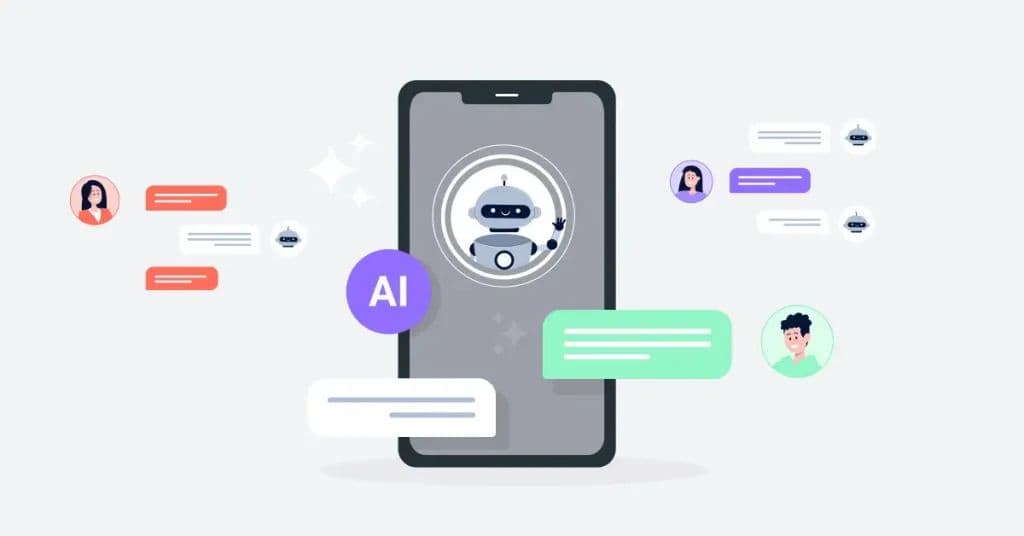
After the meeting, they generate structured summaries, highlight action items, and recommend personalised follow-up messages.
4. CRM Automation Systems
CRM automation systems handle the behind-the-scenes data work that often overwhelms sales teams.
Instead of relying on manual entry, AI automatically logs calls, updates contact details, assigns tags, tracks deal progress, and validates information before it reaches the pipeline.
These systems can also cleanse old or inconsistent data, ensuring the CRM remains reliable and actionable.
5. AI Workflow Automation Platforms
AI workflow automation platforms bring everything together by connecting dozens of micro-tasks into seamless, end-to-end processes. Instead of using isolated AI tools for emails, lead scoring, routing, or documentation, workflow automation links them into a single intelligent system that moves data, makes decisions, and triggers actions across multiple departments.
For example, an AI workflow might read an incoming enquiry, extract data, score it based on behaviour and intent, validate missing information, route it to the correct rep, and update the CRM automatically, without anyone needing to intervene.
These platforms are becoming essential as businesses seek consistency, scalability, and speed across operations. With automation handling repetitive work, teams can shift their focus to strategy, customer conversations, and long-term relationship building.
How AI Supports Each Stage of the Sales Process
To understand AI’s real impact, it helps to look at a typical sales workflow and how AI contributes at each stage.
1. Lead Capture
AI enhances lead capture by automatically gathering and organising information from multiple channels: web forms, emails, chatbots, social platforms, and offline touchpoints. Instead of relying on prospects to submit perfectly formatted data, AI can extract names, company details, contact information, and intent signals even from unstructured messages.
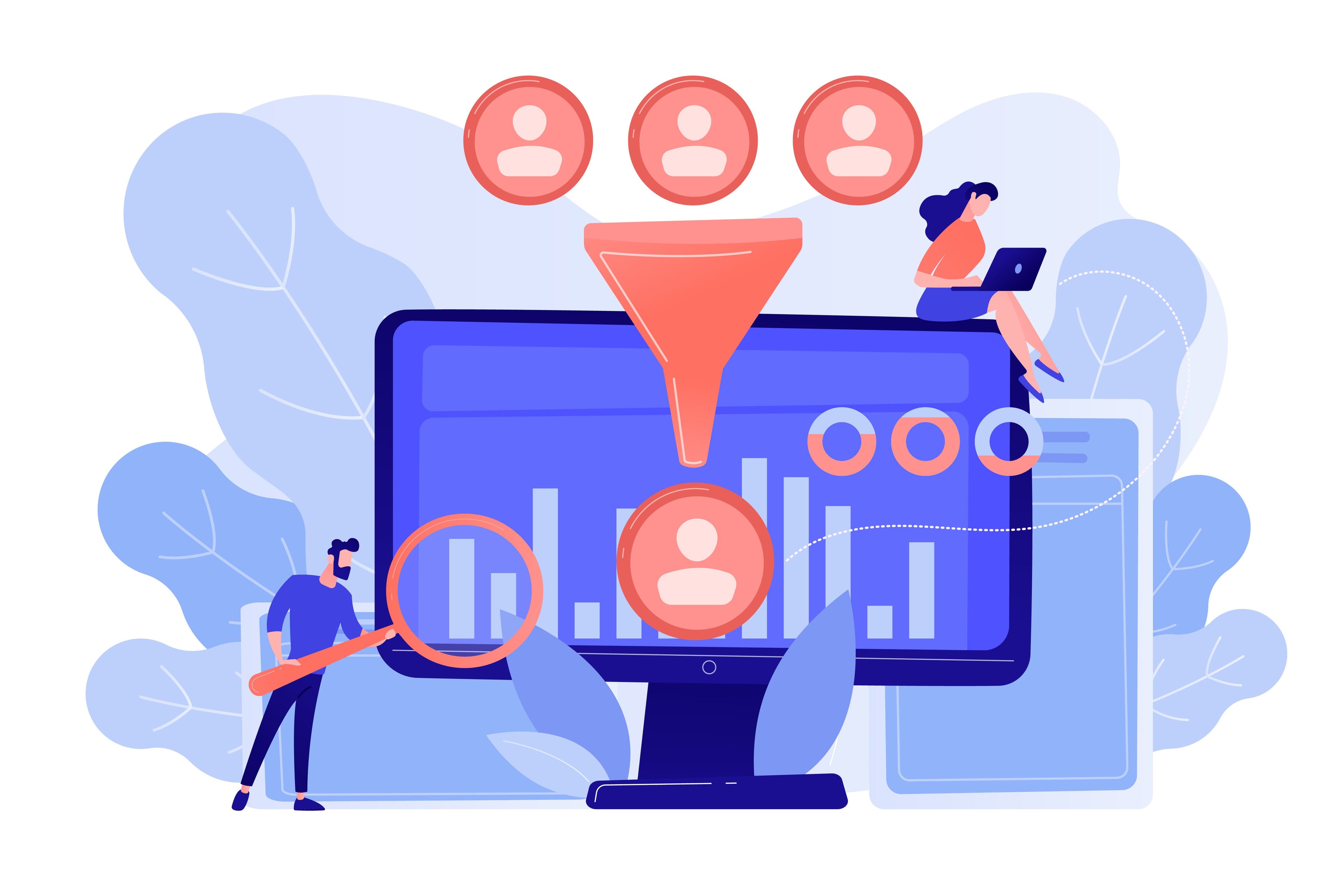
For example, if someone sends a vague enquiry like “Hi, I’m interested in pricing for your software”, AI can detect the intention, identify missing fields, and re-contact the prospect to collect required details. This ensures a complete, consistent lead record enters the system without placing extra work on sales teams.
2. Lead Qualification
Once leads are captured, AI evaluates their readiness to buy by analysing behavioural patterns, demographics, website journeys, past interactions, and similar customer profiles. Unlike traditional scoring models, AI adjusts its scoring dynamically as new information appears.
For instance, if a prospect suddenly views the pricing page and downloads two product guides, the system can automatically elevate their score and notify a salesperson. This ensures teams always focus on leads demonstrating genuine buying intent rather than relying on outdated or oversimplified criteria.
3. Lead Routing
Routing leads manually can be slow and prone to mistakes, especially in larger organisations. AI streamlines this by automatically assigning leads to the most suitable salesperson based on factors like geography, product expertise, current workload, or account ownership.
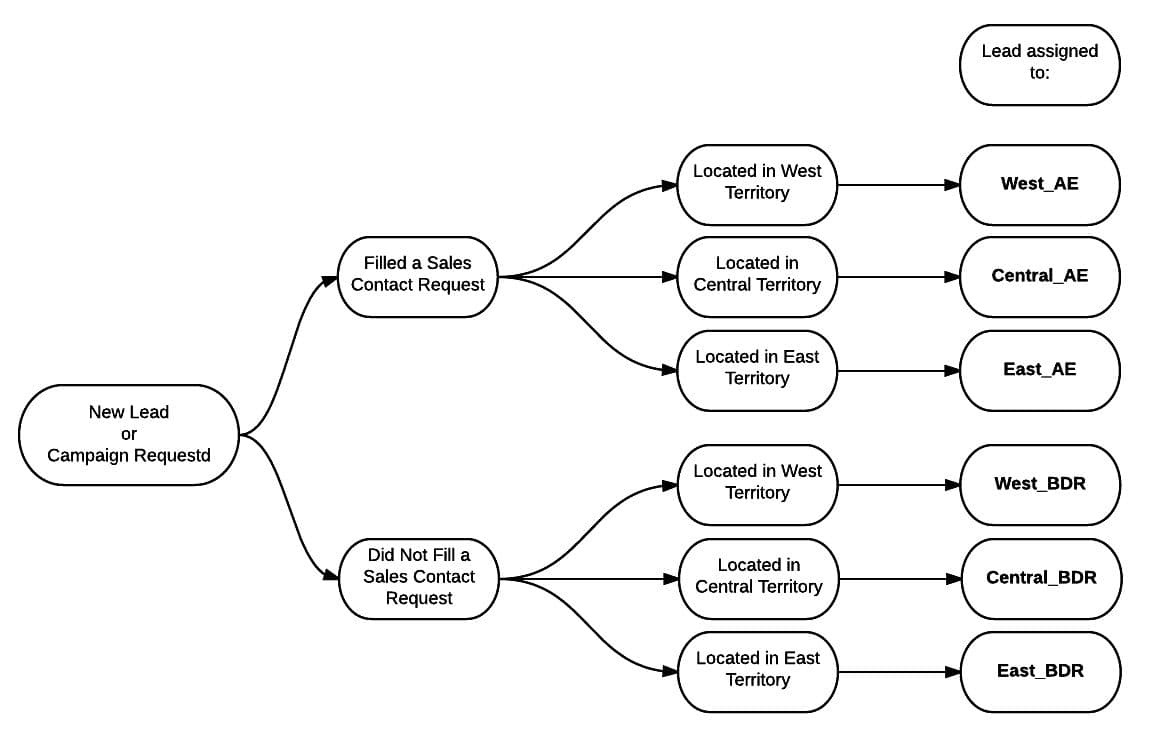
For example, if a high-value enterprise lead arrives from Singapore, the system can match them with the rep who specialises in enterprise accounts in that region, instantly and without human intervention. This prevents delays, reduces misrouting, and ensures prospects receive timely and relevant attention.
4. Outreach
AI elevates outreach by crafting personalised messages that reflect the prospect’s unique interests, concerns, and stage in the buying journey. Rather than sending generic email sequences, AI can tailor outreach based on behaviour.
Suppose a prospect revisits a feature page related to automation; the system might draft an email saying, “I noticed you explored our automation features, here’s how customers in your industry use them to save time.” This type of context-aware communication creates a more human, relevant experience without adding work for the sales team.
5. Follow-Up Management
Following up consistently is one of the biggest challenges in sales, simply because humans forget. AI helps by monitoring prospect behaviour and scheduling perfectly timed follow-ups.

For example, if a prospect opens a proposal after a week of silence, AI can prompt the rep to check in, or send a pre-written message automatically. It also ensures long-term nurturing isn’t neglected by resurfacing dormant leads at the right moment. This eliminates missed opportunities while keeping the pipeline healthy and active.
6. Sales Calls
AI enhances sales calls through conversation intelligence and real-time assistance. During a call, AI may surface helpful prompts, such as suggesting the rep clarify a requirement or address a concern the prospect seems hesitant about. After the call, the system creates neatly structured summaries, highlights objections raised, and extracts next steps so nothing is forgotten.
For example, instead of spending 20 minutes writing notes, the rep receives a ready-to-use summary that can be added to the CRM or sent to the customer. This improves both the quality of the conversation and the efficiency of the follow-up.
7. CRM Updating
CRM upkeep is often the most disliked part of a salesperson’s day. AI helps by logging activities in real time: emails, calls, meeting notes, sentiment analysis, task completion, and deal movement.
If a rep promises to send a proposal or schedule a demo, AI can auto-create the task in the CRM without requiring manual entry. It can also correct inconsistent fields, merge duplicates, and fill missing data using context clues. This leads to cleaner, more accurate pipelines.
8. Forecasting
AI transforms forecasting by using real-time behavioural and historical data rather than relying solely on rep judgment. It can detect patterns, such as stalled communication, shrinking buying committees, or repeated objections, that signal a deal is weakening.
For example, if a prospect stops opening emails and cancels a scheduled call, AI may automatically downgrade the opportunity score. Leaders gain a clearer, more objective view of potential revenue, allowing them to make better decisions about targets, hiring, and resource allocation.
9. Customer Handover
The handover from sales to onboarding or customer success is a critical moment, and AI ensures it happens smoothly. It validates all customer information, checks for missing or conflicting details, and formats everything into a clean package for the next team.
For instance, if a rep closes a deal but forgets to specify the customer’s preferred onboarding date or required integrations, AI can detect this gap and request clarification automatically. This reduces delays, prevents back-and-forth communication, and creates a stronger first impression for new customers.
Together, these improvements create a faster, more reliable, and more scalable sales engine.
How to Begin Using AI for Sales in 2026
To adopt AI effectively, consider using a structured plan:
1. Start by Identifying Your Real Bottlenecks
Before investing in any AI tools, begin by pinpointing the tasks that slow your sales team down the most. These might include slow response times, inconsistent follow-ups, manual data entry, or unclear qualification criteria.
A simple way to do this is by asking your team, “Which repetitive tasks take up most of your week?” For example, if reps spend hours writing follow-up emails, this is an ideal area for AI-generated email automation. Starting with genuine operational friction ensures AI creates immediate and measurable value.
2. Clean and Organise Your Data
AI can only perform as well as the data it learns from, so tidying up your CRM and sales records is essential. This includes removing duplicates, filling missing fields, and standardising naming conventions. Think of it as preparing the foundation before building anything on top.
For instance, if your lead records contain inconsistent job titles: “CEO,” “Chief Executive Officer,” “C.E.O.”, AI models may misinterpret them. Clean data helps AI understand your pipeline clearly and generate more accurate predictions and insights.
3. Choose High-Impact Automations First
When introducing AI, focus on simple, repetitive tasks that offer quick wins. These early successes build confidence and demonstrate value to the team. Examples include automating lead scoring, creating call summaries, routing enquiries, or generating follow-up messages. For example, if your team receives hundreds of website enquiries weekly, an AI-powered triage system can instantly sort, qualify, and assign leads, saving hours and preventing hot leads from going cold.
High-impact automation helps you see results quickly without overwhelming your workflow.
4. Integrate AI Into Existing Tools Instead of Replacing Everything
Rather than rebuilding your entire tech stack, look for AI features that connect to the platforms your team already uses, such as your CRM, email client, or communication tools. This approach reduces disruption and accelerates adoption.
For instance, many CRMs now have built-in AI assistants that summarise calls or predict deal health, removing the need to introduce an entirely new system. Integration-first strategies ensure your team keeps familiar processes while benefiting from AI-driven improvements.
5. Educate and Support Your Sales Team
Adopting AI works best when salespeople understand how it helps them and why it matters. Provide quick training sessions, share examples of time saved, and show reps how the tools simplify their workload.
For example, demonstrating that AI can write follow-up emails in seconds often wins over even the most sceptical salesperson. The goal is not to add complexity but to empower teams with tools that make their daily tasks easier and more efficient.
6. Evaluate, Measure, Refine
AI isn’t a “set it and forget it” solution. To get the most from it, track performance regularly and refine your systems based on real outcomes. Review metrics like response times, lead-to-opportunity conversion, forecasting accuracy, or hours saved each week.
If automated lead scoring consistently promotes low-quality leads, adjust the criteria or retrain the model. This ongoing optimisation ensures your AI evolves with your sales strategy rather than becoming outdated or misaligned.
Common Challenges When Introducing AI Into Sales Teams
While AI offers enormous benefits, organisations often encounter challenges during implementation. Being aware of these early can help reduce missteps.
1. Data Quality Issues
One of the biggest early obstacles is poor data quality. AI relies heavily on accurate, complete information, so inconsistent CRM entries, duplicate contacts, or missing fields can reduce its effectiveness. For example, if deal stages aren’t updated consistently, AI forecasting models will struggle to judge pipeline health. Cleaning and standardising data before implementing AI helps prevent inaccurate insights and reduces frustration later on.
2. Tool Overload
Many sales teams adopt tools piecemeal, only to discover they don’t connect well with one another. This creates disjointed workflows and confusion about which system to trust. Choosing integrated or workflow-friendly tools ensures AI enhances, rather than complicates, daily operations.
3. Low Adoption from Sales Teams
Even the most powerful AI tools fall flat if the team doesn’t use them. Reps may worry AI will slow them down, reduce their autonomy, or monitor their performance too closely. Without clear communication, these concerns can lead to resistance.
Demonstrating how AI saves time, such as generating follow-ups instantly or auto-updating CRM notes, helps build trust and encourages adoption. The key is to show that AI supports the salesperson, not replaces them.
Where Saigon Digital Fits In
While businesses increasingly recognise the value of AI, many struggle to integrate it into their existing processes. At Saigon Digital, we support organisations with AI workflow automation, a structured approach to designing intelligent, end-to-end systems that make sales operations more efficient and scalable.
Rather than relying on generic tools, we tailor automation to your actual processes. This includes:
- AI workflow mapping
- Design and development of intelligent systems
- Testing, optimisation, and reliability checks
- Ongoing refinement as your business evolves
One example is the AI Enquiry Checker, which reads emails, extracts details, validates missing information, and routes only complete enquiries to the team. This approach has improved response times by 80%, eliminated manual errors, and helped businesses scale without additional headcount.
Ready to Bring AI Into Your Sales Workflow?
AI for sales in 2026 is not simply a technological trend, it is becoming the backbone of the modern revenue organisation. Although implementing AI can feel complex at first, taking a thoughtful, phased approach ensures smooth adoption and lasting impact.
At Saigon Digital, we work closely with organisations to design AI-driven workflows that reduce manual tasks, improve data accuracy, and help teams operate with greater clarity and confidence.
Get in touch with us today and I explore what AI-powered sales automation could look like for your business.





